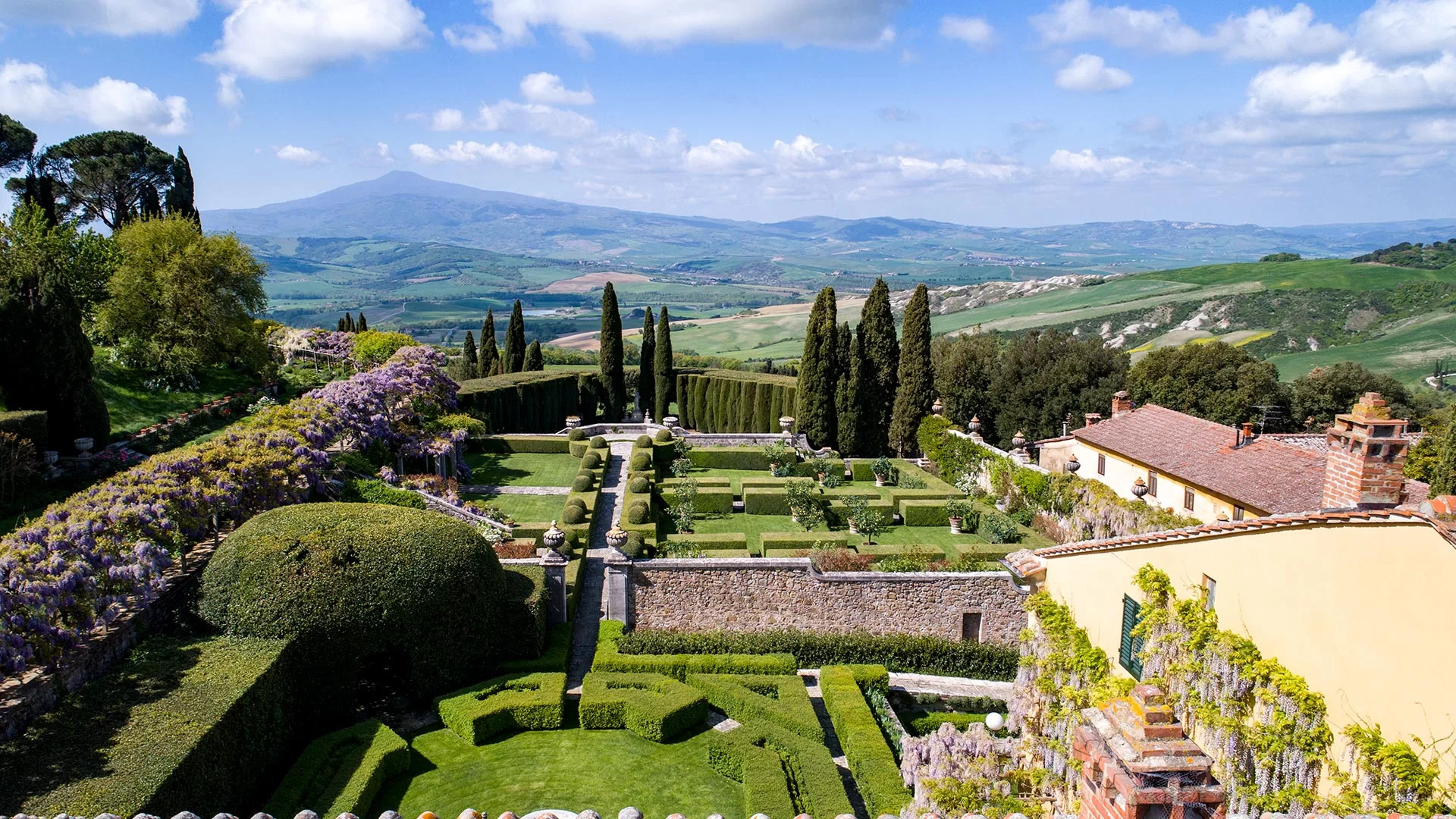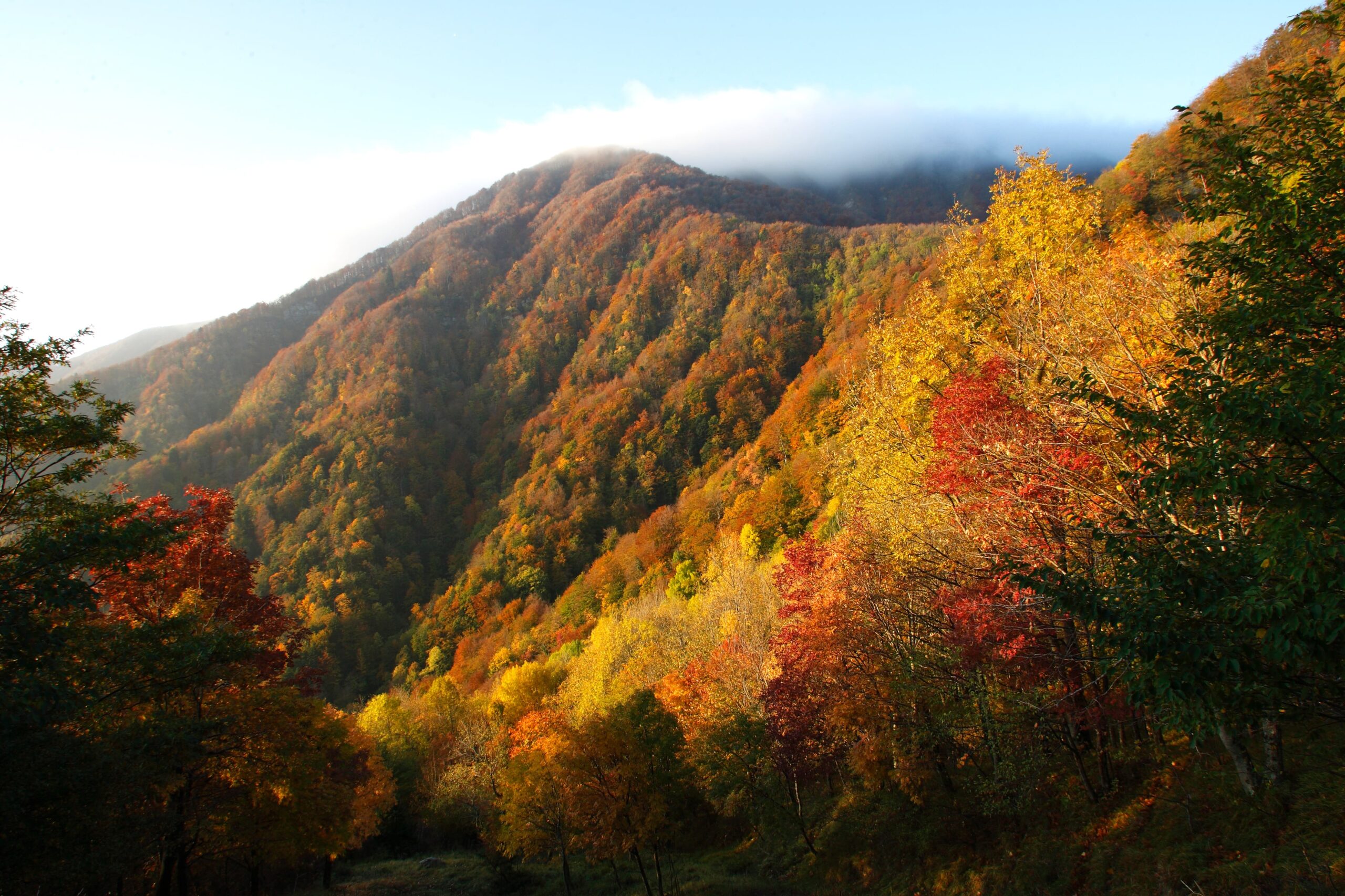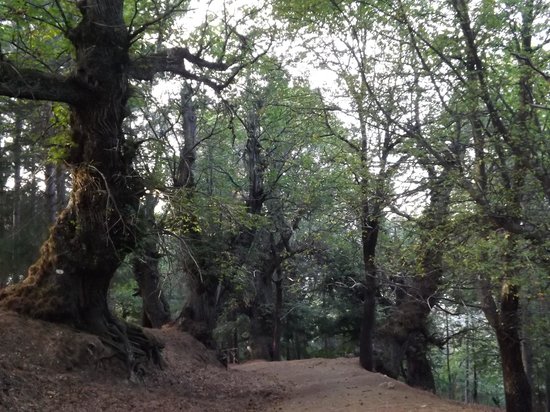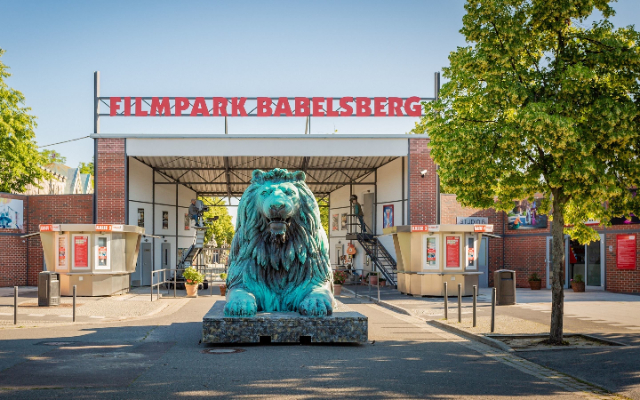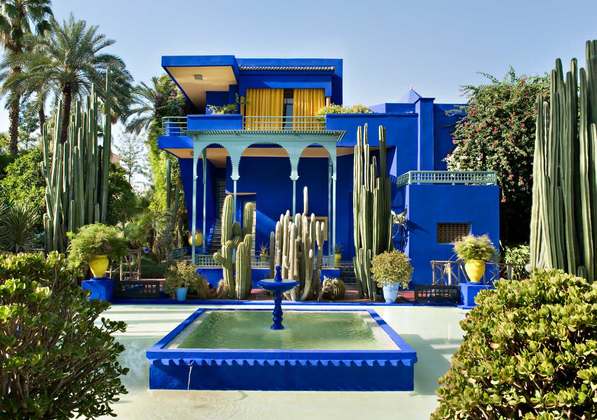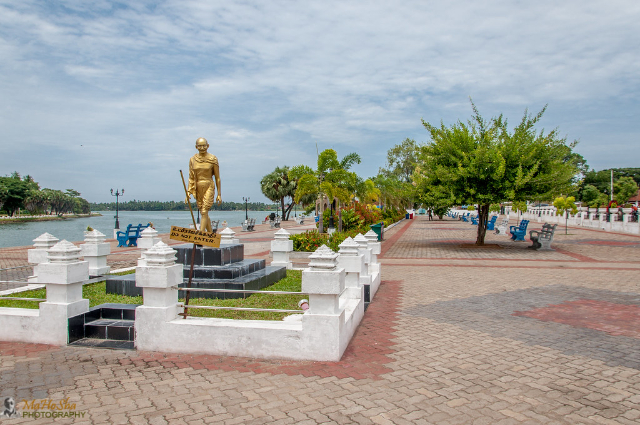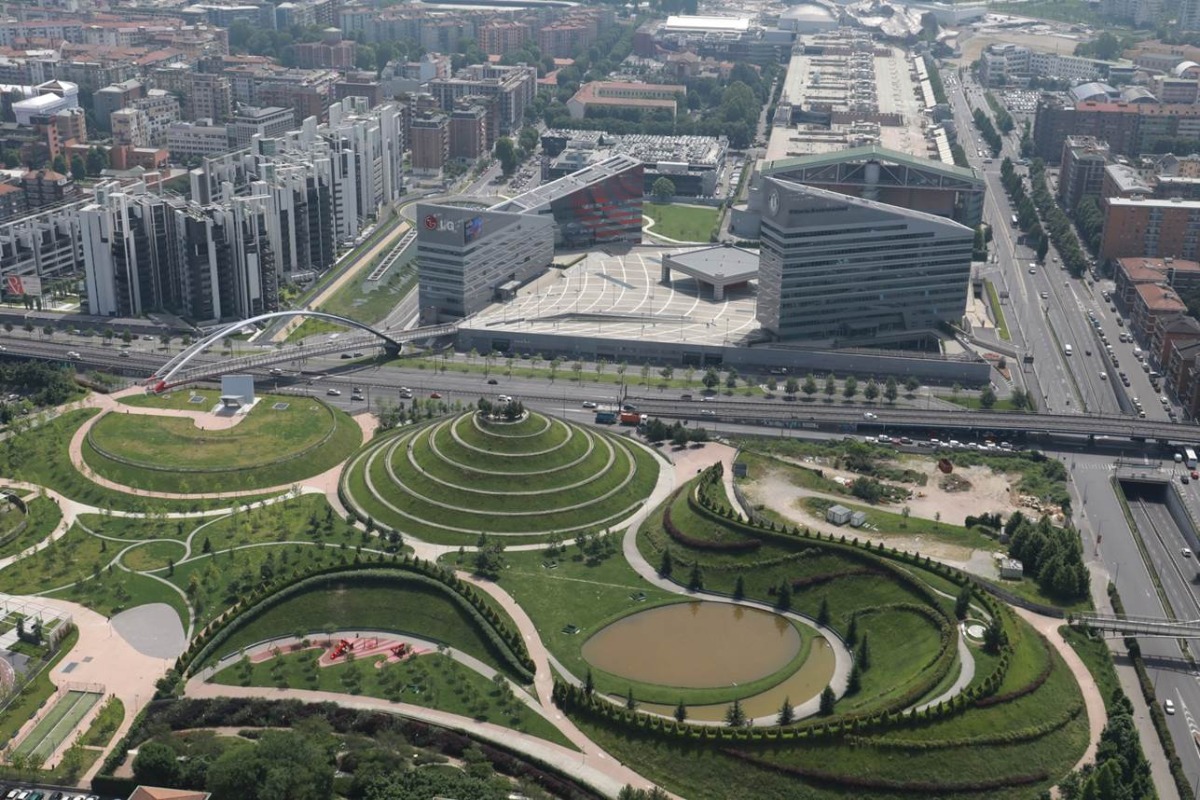Among the many wonders of the Val d’Orcia, in Tuscany, the garden of the La Foce estate is worth a visit. Set like a jewel in the landscape, it combines Italian Renaissance symmetry with elements typical of English romanticism. It is a paradise of roses, wisteria, lemons and boxwoods. But that’s not all. This garden tells a story of resistance and anti-fascism. Its vicissitudes are intertwined with the life of a refined woman, Iris Origo, an attentive witness of her time. It is a special place, where you can still breathe a precious sense of harmony.The Villa di La Foce (for rent for weddings, celebrations, events and family reunions) was built in the late 15th century as a hostel for pilgrims and merchants travelling along this busy road. In 1924 it was inhabited by Antonio and Iris Origo and became a farm full of life and agricultural activities.
When Antonio and Iris Origo bought the La Foce estate they called the English architect Cecil Pinsent to renovate the main buildings and create a large garden.
Pinsent (1884-1963) had settled in Florence as a young man, working among other things on the Villa Medici in Fiesole (bought in 1910 by Iris’s mother) and on Bernard Berenson’s Villa "I Tatti".
The dialogue between buildings, garden and nature places La Foce at the centre of a historical testimony to the architectural and cultural evolution of Tuscany. The garden was created in four phases, between 1925 and 1939. A formal Italian garden, divided into geometric ‘rooms’ by box hedges, stretches from the house towards the Val d’Orcia and Mount Amiata.
Terraced slopes rise gently up the hill, where cherry, pine and cypress trees grow among wild broom, thyme and rosemary, and a long avenue of cypress trees leads to a 17th century stone statue.
A travertine path under a wisteria arbor reaches the woods and connects the garden with the family cemetery, considered one of Pinsent’s finest creations.
